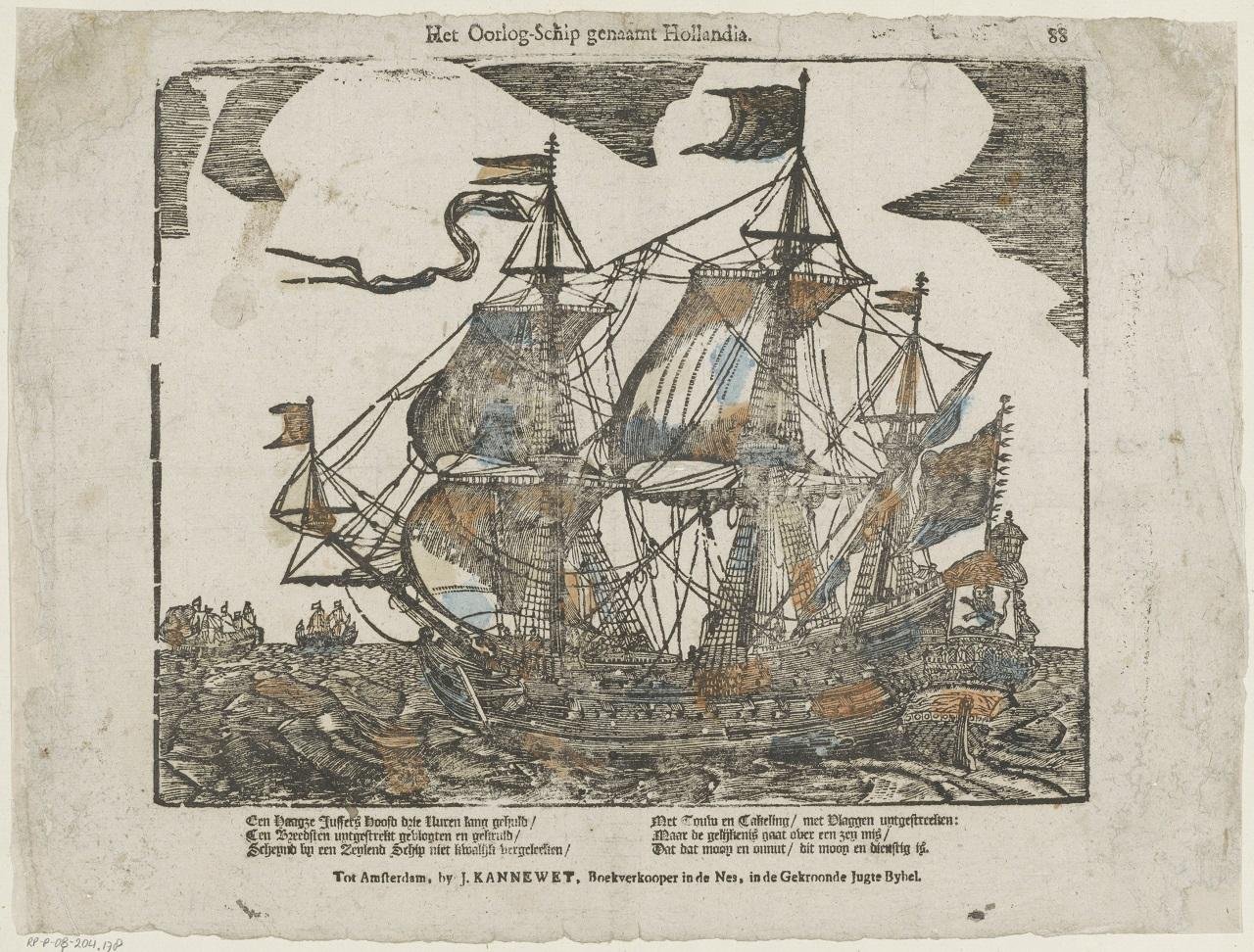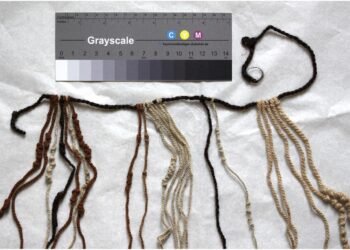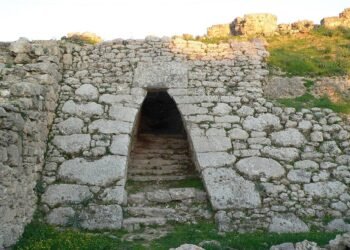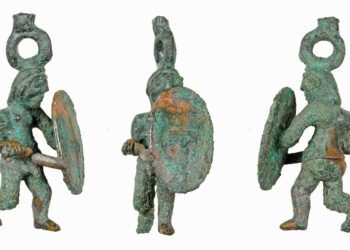According to the heritage body Historic England, a 17th-century shipwreck off the coast of southern England has been identified as the Dutch warship Klein Hollandia.
 The ship, built in 1656 and owned by the Admiralty of Rotterdam, was involved in every major battle during the Second Anglo-Dutch War (1665-1667).
The ship, built in 1656 and owned by the Admiralty of Rotterdam, was involved in every major battle during the Second Anglo-Dutch War (1665-1667).
After a surprise attack by an English squadron in 1672, it sunk and has lain 32 meters (105 feet) under water ever since.
The 44-gun Klein Hollandia, dubbed the “Unknown Wreck off Eastbourne” because it was discovered near the seaside resort, was identified through research by the agency and Dutch counterparts working with nautical archaeologists.
Historic England specialists collaborated with the Cultural Heritage Agency of the Netherlands (RCE) and the Nautical Archaeological Society on the identification throughout the past year, according to a statement from Historic England.
The investigations gathered evidence from professional and volunteer divers, archival research, and dendrochronological (tree ring) analysis of wood samples.
“The condition of the wreck is remarkable and could offer a wealth of information about how 17th-century Dutch ships were built and the activities of the warship during its final voyage,” Historic England said in the statement.
Much of the wooden hull, cannons, Italian marble tiles, and fragments of Italian ceramics were discovered on the seabed. The marble tiles were sourced from the Apuan Alps quarries close to Carrara, Italy. Prior to the investigations, they were preserved by Historic England archaeological conservators. The marble tiles were bound for the Netherlands, where they would have been used to build high-status homes.
Lord Parkinson., the heritage minister, said: “The identification of the Klein Hollandia offers a glimpse back into the 17th century, giving us a chance to learn more about the maritime history of this period and to uncover treasures which have been underwater for hundreds of years.”
“Uncovering the story of the warship Klein Hollandia opens up another fascinating chapter in the already rich, shared maritime history between the UK and the Netherlands,” said Duncan Wilson, chief executive of Historic England.























